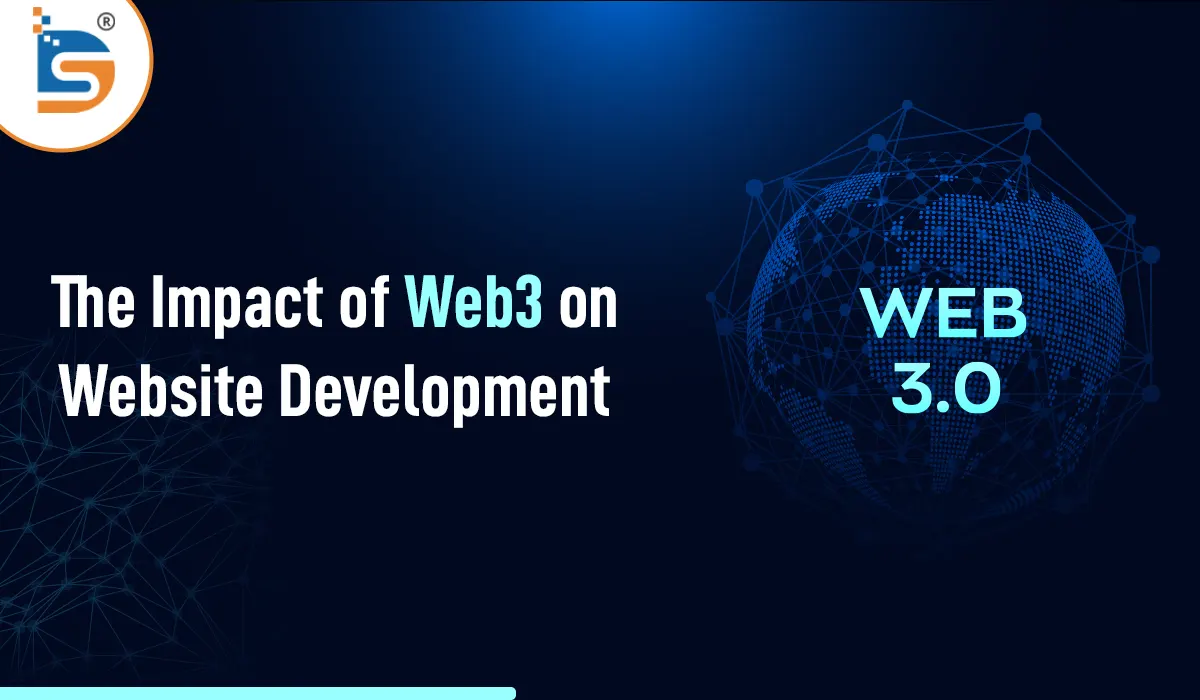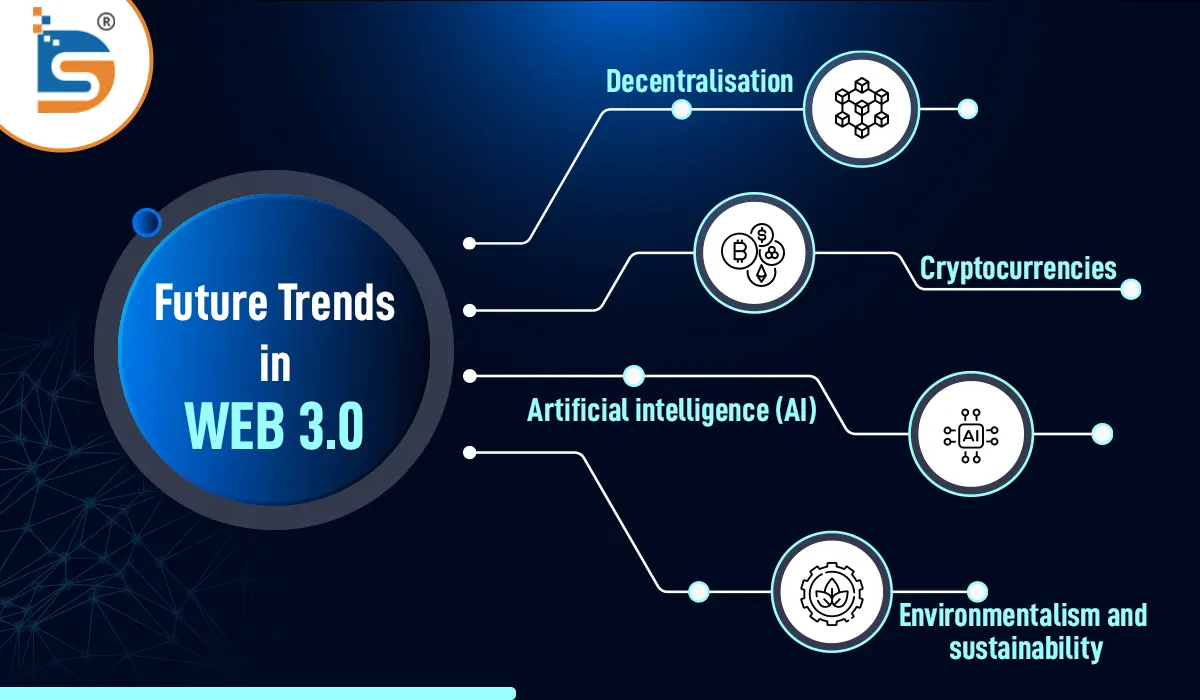The Impact of Web3 on Website Development
BY : Sdreatech
01-Dec-2023

Web3 has been described as “the next generation of the internet.”. Web3 is a new type of web platform that enables the construction of websites using data-driven applications. Websites can now be constructed using data from multiple sources, which is then combined to generate automated web pages.
This process of automated page creation can save time for designers and improve the user experience.
In addition, Web3 has the potential to increase the effectiveness of search engine optimization. Currently, webpages are optimized for specific keywords, which are then used by search engines to rank the page. Web3 enables websites to optimize for a broader range of keywords, resulting in higher search engine rankings.
Future Trends in Web3
Recently, Web3 has been developing very quickly, which has a lot of great promise for the internet and the digital world. It is changing the way we think about building websites and creating a digital presence. Web3 is an evolution of the web that offers developers more tools and capabilities.
1. Decentralisation
The most notable trend in Web 3.0 is the use of decentralization. With this method, multiple computers store the data instead of a central server. This means that the data can’t be tampered with by any single person or hacker, as it is stored on multiple systems. This adds an extra level of security and reliability to the data. Storing data in multiple locations adds an extra level of security and reliability, making it much more difficult to steal or damage.
2. cryptocurrencies and smart contracts
Another trend in Web 3.0 is the use of cryptocurrencies and smart contracts. Compared to traditional methods of currency, cryptocurrencies, such as Bitcoin and Ethereum, offer a more secure, anonymous, and decentralized way to transact. Smart contracts stored on the blockchain trigger when certain conditions are met. This technology will make transactions more secure, transparent, and efficient and help tackle issues such as fraud and corruption.
3. Artificial intelligence (AI)
Finally, the use of artificial intelligence (AI) will be a major trend in Web 3.0. Web 3.0 is expected to increase the prevalence of AI, which has been used for years in various applications, such as machine learning and natural language processing. AI analyzes large amounts of data and identifies patterns and trends, leading to more accurate predictions and decisions. Additionally, AI can automate various tasks, including responding to customer inquiries and creating content.
4. Environmentalism and sustainability
Eco-friendly and sustainable practices will be important factors to take into account for Web 3. Due to its energy-intensive mining procedures, blockchain technology is causing environmental concerns as it becomes more widely used. Developers are currently looking into ways to make Web3 more sustainable in response. This involves the adoption of proof-of-stake consensus procedures in place of proof-of-work mechanisms, which use a lot less energy.
Renewable energy powers blockchain networks, and Web3 applications have remained eco-friendly since their inception.
Web 3.0 will revolutionize our interactions, transactions, and data access on the web. With decentralization, smart contracts, and AI, data will be more secure and transactions will be more efficient. Additionally, AI has the potential to revolutionize the way we make decisions by providing more accurate predictions and insights. In summary, Web 3.0 will usher us into a new digital era.

Summary
Web 3 could fundamentally change web development. These efforts aim to decentralize and secure the web. Web3 developers have more tools and powers than ever before to build safer and better web apps. Additionally, this could revolutionize web application development and use.
FAQs
1. What is Web3, and how is it different from Web2?
Web3 is the term for the upcoming, user-centric, decentralized internet that is based on blockchain technology. Web3 decentralizes applications to provide users with greater power and control than Web2, which is dominated by a few big firms.
2. How does Web3 affect website development?
Web3 brings new ideas, including smart contracts, decentralized storage, and decentralized apps (DApps). To construct decentralized and trustless apps, website developers must adopt these technologies. In Web3, web development must integrate blockchain technology and be compatible with decentralized protocols.
3. How are decentralized applications (DApps) created?
Decentralized applications (DApps) run on blockchains. Developers use blockchain-specific languages and frameworks. Developers need to take into account elements specific to decentralized settings, such as consensus processes, security, and transparency.
4. How does blockchain affect Web3 website security?
Blockchain can secure Web3 by recording transactions and interactions transparently and tamper-resistantly. Blockchain smart contracts offer trustless agreements, decreasing fraud. Developers must also address blockchain-specific security issues.
5. How do smart contracts fit into the creation of Web3 websites?
Smart contracts explicitly encode the conditions of an agreement into code, making them self-executing contracts. They enable trustless transactions, automate processes, and allow decentralized apps on the Web. To utilize and apply these features, developers must be familiar with smart contract development.